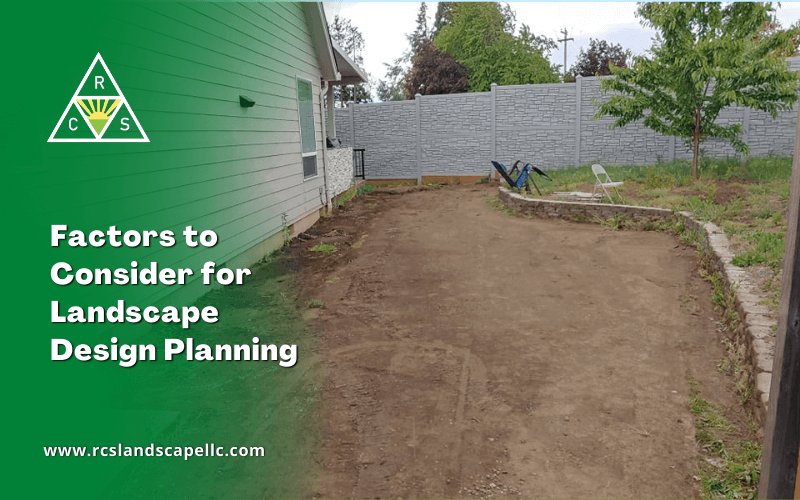Planning the landscape design of your garden can be exhausting because when it comes to designing your ideal backyard, there are numerous factors to consider. Selecting flowers, trees, pebbles, amenities, and other items adds to the difficulty of the work.
Before hiring professional landscaping services to assist you with landscape layout, these are the factors to consider for landscape design planning that experienced landscape designers would urge you to evaluate for landscape design planning.
7 Factors to Consider for Landscape Design Planning
↬ Purpose
Before you start designing your landscape, you need to know what purpose it will serve. Because depending on what you want to use it for, the landscaping design can vary quite a lot. Some common things you can use your yard for include.
- Hosting
- Dining and cooking
- Relaxing
- Gardening
- Playing
↬ Users of The Yard
Another important thing you need to consider in landscape design planning is who is going to use the area. You cannot use the same landscaping designs for hosting dinner parties and creating play areas for the kids.
If you’re making anything for kids, be sure there isn’t anything dangerous in the mix. You’ll also want to avoid any displays that might be hazardous to small kids. Also, don’t forget about your pets while designing the landscape.
↬ Specific Conditions of your Yard
Regional climate plays a huge role in deciding the types of plants and the overall layout of your yard. The conditions in your yard create a microclimate based on the length of sun and shade exposure.
There are four categories of microclimate you need to make a note of while planning your landscape design.
- Full sun
- Partial shade
- Shade
- Deep shade
↬ Soil Type
The place where you are setting the landscape and the soil of that location should be healthy. The factors through which you can determine the soil’s healthiness are its texture, pH, erosion potential, and depth.
If all these parameters are scientifically accurate, then the soil of that location is healthy. Professionals can run some tests on your soil to check the specific parameters of soil in your yard.
↬ Planting Zones
The planting zones in your yard are the areas that are most suitable for plant growth, and they depend upon the temperature and rainfall. You can look up your planting zone at the National Gardening Association to help your landscape designer pick plants that will thrive the most in your yard.
↬ Hydrozones
The way the water flows in your yard is also crucial to landscape design planning. If there is a place in your yard where water tends to pool, you can have plants that require lots of water in that place. Similarly, in areas where water drains fast, you can plant vegetation that like dry conditions.
↬ Maintenance Cost
While choosing a design for your landscape, it is better to consider the maintenance cost associated with it. For example, landscapes with geometric and complex structures may require more maintenance costing. So while deciding on landscape design, do consider the maintenance cost.
Summing up
The factors to consider for landscape design planning if you are planning to hire professionals to design your landscape include.
- Purpose of your landscape.
- Users of the landscape.
- Specific climatic conditions of the yard.
- The type of soil in your yard.
- Maintenance cost.
- Hydrozones and planting zones in your yard.
With complete information, professionals will be able to provide you with the yard of your dreams.

